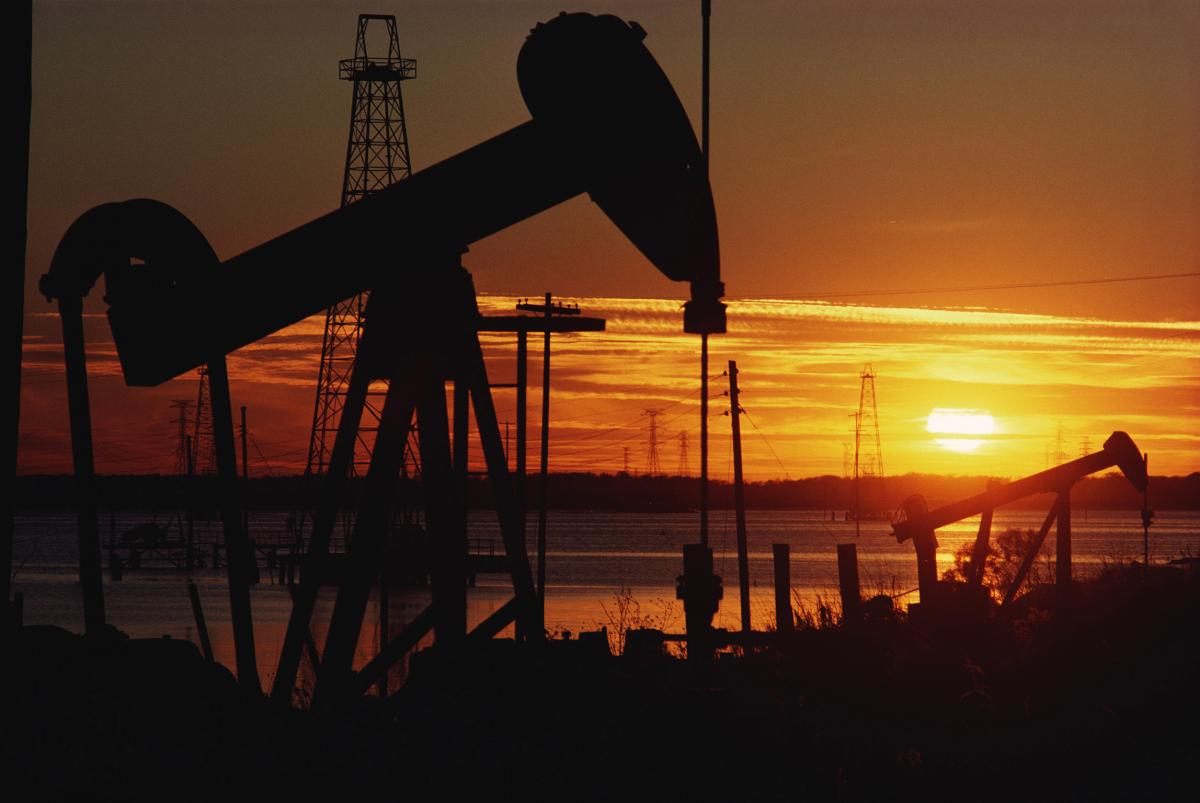BAKU, Azerbaijan, Nov.18
By Leman Zeynalova – Trend:
A lack of resources has never been Iran's problem, but rather the limited avenues for their development, Trend reports citing Fitch Solutions Macro Research (a unit of Fitch Group).
“The discovery does not meaningfully alter the outlook for Iranian crude production. The reported discovery does not change this underlying dynamic. In the near term, the impact of US sanctions will continue to severely depress output, as limited avenues for export back-in production,” reads a report released by Fitch Solutions.
The company believes that even should sanctions be lifted, international oil companies will likely remain cautious to invest, partly for fear of a future re-imposition of sanctions and partly due to the broader risks entailed in investment in Iran.
“To counterbalance this, the Iranian government is trying to increase the role for domestic companies in domestic developments. However, the potential here is limited. These companies tend to have severely limited access to financing , given weakness in the domestic banking sector and a lack of access to international capital markets. They also lack the technological capabilities and experience of their international peers. This is likely to pose major headwinds to development of Namavaran, which is a heavy oil resource and likely in need of advanced drilling and stimulation techniques to secure attractive recovery rates,” said Fitch Solutions.
A roll back of sanctions should see an immediate boost to output, but the prospects for growth above and beyond pre-sanctions levels seem relatively poor, according to the report.
Iran has announced a major increase to its oil resource base, through discovery of an additional layer under existing oil fields.
According to the Iranian oil minister, Bijan Zangeneh, several new fields have been discovered in recent years (beg inning in 20 16 ), with estimated oil-initially-in-place (OIIP) of 31.3 billion barrels.
The recent discovery of an additional oil layer, Namavaran, has increased estimated OIIP by 22 billion barrels.
It is not clear how advanced exploration and appraisal activities are, although it is not uncommon for the National Iranian Oil Company (NIOC) to report based on seismic surveys and limited exploratory drilling, leaving reserves and production estimates somewhat uncertain.
According to Zanganeh, exploration remains ongoing and, given that resource has yet to be fully delineated, the door is open to future upgrades. Namavaran is reported to contain oil with around a 24 -degrees API, which is heavier than the bulk of current Iranian production. This raises the technical complexity of extraction and, as a result, the estimated recovery rate is low by both global and Iranian standards , at 100 percent.
A discovery of this scale is highly atypical in a mature producing region such as southwest Khuzestan. Fields of this scale tend to be discovered early on in the exploration cycle of a basin and it is not immediately clear how this 53.3 billion barrels may have been overlooked.
In any case, it adds to a vast discovered - but largely undeveloped - resource base in the region. A number of factors have hampered development of these resources. NIOC is under severe financial strain. The company must hand over the vast bulk of its export revenues to the government and even before its exports collapsed over H218 and 2019, the revenues it retained reportedly fell far short of its expenditures. Investment to maintain existing output naturally takes precedence in capital allocations and relatively few resources are left over to fund major greenfield developments. These developments instead hinge on access to foreign capital.
The Iran Petroleum Contract (IPC) was intended to improve the incentives to invest, but the contract has disappointed investor expectations , not least due to the continued inability to book reserves on company balance sheets. More generally, the Iranian business environment is challenging , with the country ranking 128th out of 190 countries in the World Bank's ease of doing business index. The re-imposition of US sanctions - which are comprehensive, convoluted and overlapping - has also vastly increased the risks of investing in Iran.
The few deals that were signed while sanctions were suspended have struggling to progress, as illustrated by the high-profile exit of both Total and CNPC from South Pars Phase 11. Western companies have deep exposure to and reliance on the US financial system and so are effectively precluded from investing in Iran, but even Russian and Chinese majors have seemed reluctant to commit. The country's international isolation has also cut off access to global technological advancements in the sector. Access to modern technology will be critical to the deployment of enhanced oil recovery techniques to combat the high decline rates faced on the major, mature producing fields. Much of the resource in southwest Khuzestan (and this seems to apply also to Namavaran) is contained in relatively tight reservoirs. While productivity can initially be strong, these wells tend to suffer high decline rates after just a few years , absent additional stimulation.
---
Follow the author on Twitter: @Lyaman_Zeyn






